10+ SAMPLE Technical Feasibility Report
-
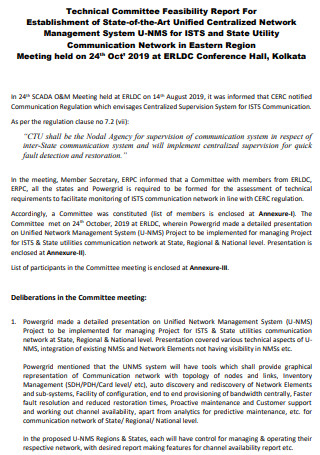
Technical Committee Feasibility Report
download now -
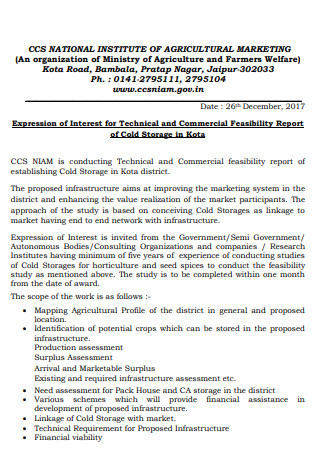
Technical Commercial Feasibility Report
download now -
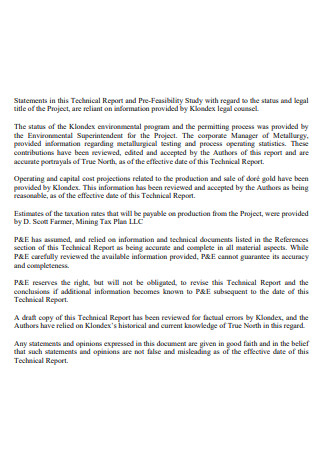
Technical Pre-Feasibility Study Report
download now -
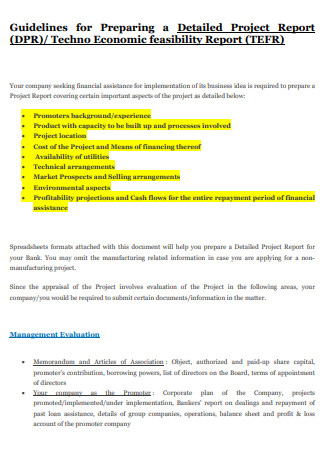
Techno-Economic Feasibility Project Report
download now -
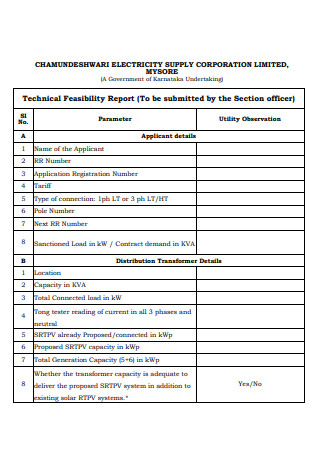
Electricity Supply Technical Feasibility Report
download now -
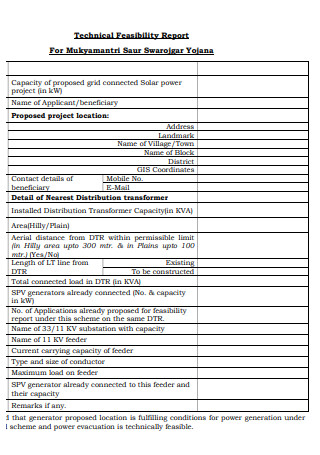
Technical Feasibility Report Format
download now -
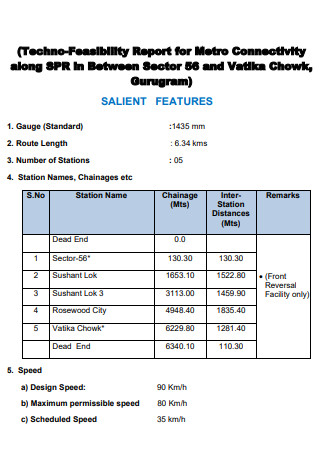
Techno-Feasibility Metro Report
download now -
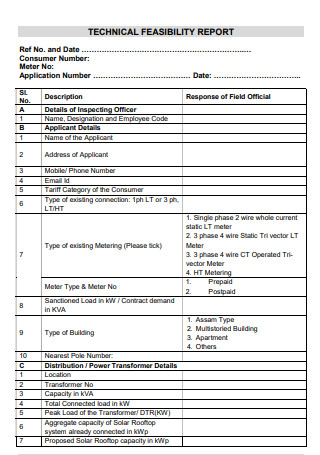
Consumer Technical Feasibility Report
download now -
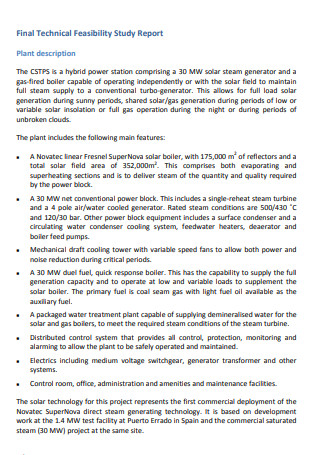
Final Technical Feasibility Study Report
download now -
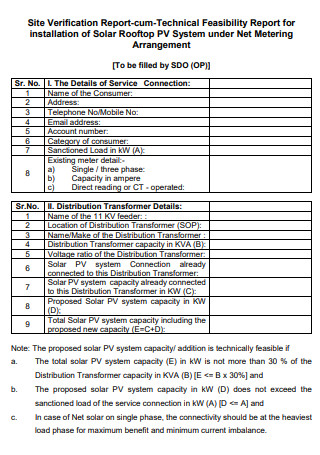
Technical Verification Feasibility Report
download now -
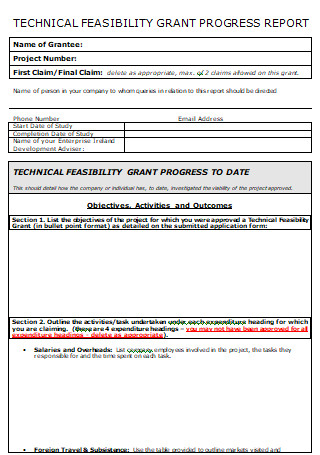
Technical Feasibility Grant Progress Report
download now
FREE Technical Feasibility Report s to Download
10+ SAMPLE Technical Feasibility Report
What Is a Technical Feasibility Report?
Components of a Technical Feasibility Report
How To Write a Technical Feasibility Report
FAQs
What are examples of technical feasibility?
What is technical feasibility?
How do you assess technical feasibility?
It means that before the production of any product, the company must guarantee that it has the capability to deliver from start to finish. A company must conduct a feasibility study to determine whether or not the company can produce with experiencing zero to minimal hiccups along the way. Providing a technical feasibility study is a critical document for many companies. What is a technical short feasibility report, and what is its importance to different processes in the manufacturing and production of products? The article provides valuable information about the document, including its description, components, and a how-to guide to help individuals gain a better understanding. A section of the article also addresses frequently asked questions about the document.
What Is a Technical Feasibility Report?
A technical feasibility report contains a technical feasibility study reports. It details what the company intends to deliver as a product or service to customers. It details various elements, including materials, transportation, labor, business location, and technology, that are necessary to accomplish the proposed goods and services. It represents the tactical and strategic plan that describes the procedure of producing, storing, delivering, and tracking the products and services. The technical feasibility report contains valuable information that makes it an excellent tool for troubleshooting options and long-term plans. It also serves as a comprehensive project flow chart showing how goods and services evolve and go through different stages in the business to reach the target market physically. Project managers utilize technical feasibility studies to pinpoint the positive and negative results of a project before completely investing a considerable amount of money and time into the process. The goal of the feasibility study is to emphasize potential problems that can happen in the lifetime of the project and determine the pursuance of the project after careful consideration of various factors.
According to a research article entitled ‘What is a pilot or feasibility study? A review of current practice and editorial policy’ published in July 2010, out of the 54 papers from target journals, only 50 percent of reports are pilot studies that plan to conduct further investigations. Meanwhile, only eight articles show a follow-up through a major study.
Components of a Technical Feasibility Report
Technical feasibility reports contain information about how the company plans to deliver a product or service to consumers. The key to having an effective technical pre-feasibility report is to ensure that the reader understands its content through a comprehensive document. Technical feasibility reports focus on logistics and strategies. Below are the essential components that the document must contain.
How To Write a Technical Feasibility Report
A technical feasibility report contains a technical feasibility study that provides relevant context to various aspects of a particular project. It is an excellent strategic planning tool that companies utilize to provide a clear overview of the process from start to finish. The section below is a helpful guide to writing a technical feasibility report.
-
1. Indicate the Project Description
The initial step to writing a technical feasibility report is to gather all the necessary background information regarding the project and write a comprehensive project description. For example, if an organization needs to increase its online presence and acquire more online sales through social media advertising and promotions on the web, then the initial part of the report must detail an advertising plan or strategic campaign that the company needs to implement to achieve its goal.
-
2. Describe the Possible Solutions
The next step of writing the technical feasibility report is to perform an alternate needs analysis and makes recommendations and possible solutions for the project. Write the resolutions in a bulleted or numbered list to make things easier to understand. Next to these solutions, the researcher must indicate the steps or methods that the company needs to take.
-
3. List the Evaluation Criteria
After describing the possible solutions, the next step is to define the evaluation criteria for the presented solutions. In this step of writing the report, the researcher must investigate and study the solutions, putting them against evaluation sheet criteria. It gives the researcher to evaluate the findings and draw possible conclusions of the report. Each technical feasibility report has a unique set of requirements that is crucial to the creation of the document. Support the evaluation criteria with sufficient evidence that supports research theories.
-
4. Propose the Most Feasible Solution For the Project
After determining the criteria for each possible solution of the study, the research must select the most appropriate and feasible out of the list. Ensure that the resolution follows the SMART goal setting procedure and allows the company to use project resources optimally while gaining the most advantageous benefit.
-
5. Compose a Viable Conclusion
The final step to writing the technical feasibility report is to develop a conclusion by summarizing the aim of the project and the most feasible solution for success.
FAQs
What are examples of technical feasibility?
There are different types of technical feasibility in various industries and companies. These include project concepts, infrastructure functionality, business facilities, data quality checks, information security, and procurement plans.
What is technical feasibility?
Technical feasibility refers to the planning procedure that details the production of goods and services, determining whether the procedure is achievable and possible for the company.
How do you assess technical feasibility?
When assessing the technical feasibility of a project, a researcher must prepare a preliminary analysis for a proposed planning procedure. Afterward, they must present a projected income statement, conduct a market survey, develop a viable business plan, prepare a balance sheet, and review the collected data to produce a conclusion.
Every business endeavor starts with research studies, including technical feasibility studies. Organizations that invest in developing a technical feasibility study for their business plans often see long-term results and gain the trust of investors. It helps set out the production plan. The selling process of goods and services requires a lot of time to perfect, considering essential components like budgets, production teams, facilities, and marketing plans. Through a carefully thought out plan, the company is more successful in bringing more consumers and them making more purchases. Get your technical feasibility report from the article above and choose from 10+ SAMPLE Technical Feasibility Report in PDF | MS Word for download.
